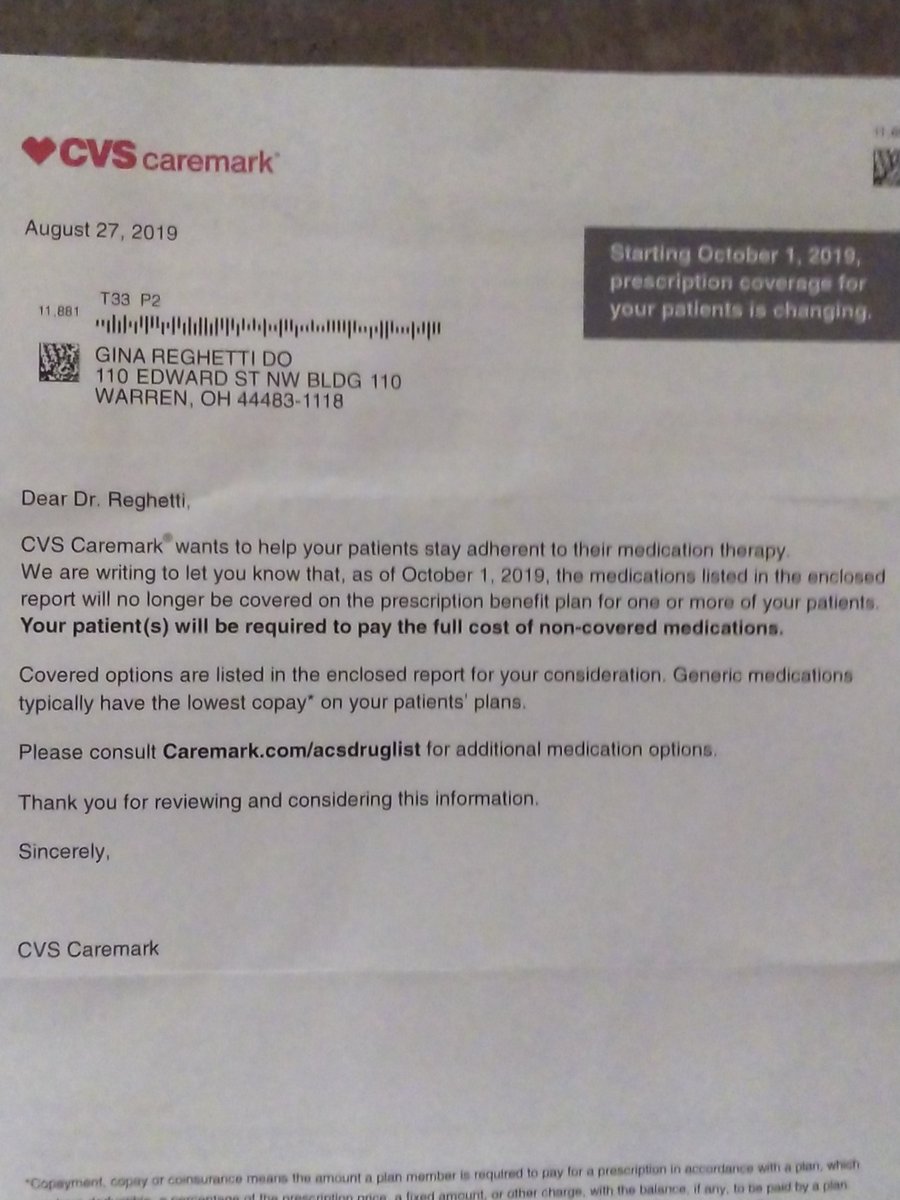1. Offered with Certificate of Authenticity = Faked. We were unable to get any independent scholar to authenticate this item, so we've printed our own certificate. 1/4
3. From a European collection = From Turkey.
4. From an old European collection = Reserve stock of a Turkish antiquities dealer. 2/4
6. From a Turkish collection = From Syria.
7. From a distinguished private collection = From the reserve stock of the Baidun or Barakat families. 3/4
9. From an old collection mainly formed in the 1960's = ...but also partly in the 1970's, 80's and 90's.
10. By family lore acquired by the owner's grandfather in the 1950's = No documented provenance. 4/4
11. Hence by descent in the family = everyone who could personally vouch for the provenance is dead.
12. Acquired around the late 1960's = Acquired after 1970.
14. Sold with an Art Loss Registry Certificate = No provenance, but we offer an official-looking certificate confirming it's not on any register of Nazi plunder.
15. Not yet transcribed or translated = standard administrative text or letter which we've privately verified before offering for sale is definitely of no wider interest at all.
17. A piece of immense importance for biblical scholarship = even Hobby Lobby wouldn't touch this turkey.
20. Rare = Not rare.

















